You don’t need a professional kitchen—or even fancy recipes—to make your whole home smell like a five-star meal. Sometimes, all it takes is the right fresh herb. Whether you’re tossing them into a pan, muddling them into a marinade, or just crushing a few leaves between your fingers, herbs can elevate both your cooking and your mood.
This list features 15 herbs that don’t just taste incredible—they smell downright intoxicating. From cozy and woodsy to bright and citrusy, these are the plants that make your kitchen feel like a chef’s paradise. And many of them are easy to grow right in your windowsill, balcony, or backyard, so you can harvest a little magic whenever you need it.
Whether you’re simmering sauces, spicing up salads, or just want to impress guests before they take their first bite, these fragrant herbs bring instant aroma and effortless flavor to every meal.
Basil
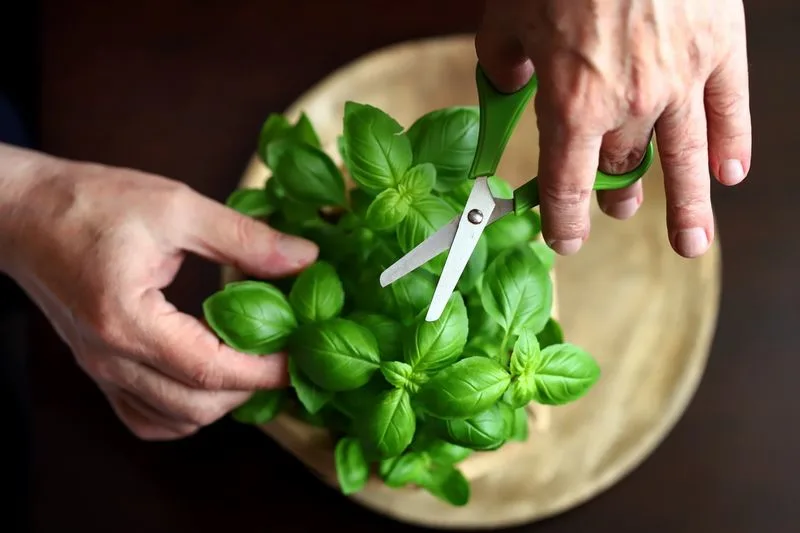
Imagine the aroma of a summer garden – that’s what fresh basil brings to your kitchen. With its sweet and peppery scent, basil is an essential in Mediterranean dishes. Whether you’re making a classic tomato sauce or a fragrant pesto, this herb never fails to impress.
Did you know that basil was once considered a royal herb due to its delightful fragrance? It’s no wonder it’s a favorite among chefs worldwide. Use it fresh for the best aroma, as dried basil tends to lose its scent.
Rosemary
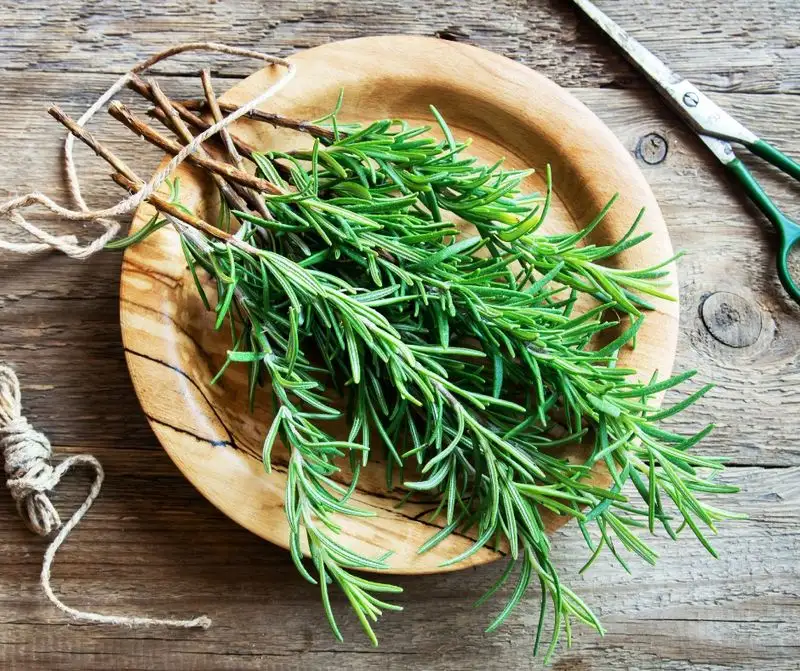
There’s something about rosemary that evokes the earthy scent of a pine forest. This robust herb is often paired with roasted meats, offering a deep, woodsy aroma that fills the entire house.
Beyond its culinary uses, rosemary has been associated with memory enhancement since ancient times. It’s an herb that not only flavors but also enriches the cooking experience. Consider using it in a marinade or to season roast potatoes for an aromatic delight.
Thyme

Thyme has a subtle yet distinct fragrance that dances between floral and earthy tones. Commonly used in French cuisine, it’s a staple for stews and soups, releasing its aroma slowly during cooking.
Historically, thyme was used by ancient Egyptians during embalming due to its aromatic properties. Today, it’s your kitchen’s best friend when it comes to adding depth to your dishes. Pair it with lemon or garlic for a fragrant twist.
Mint
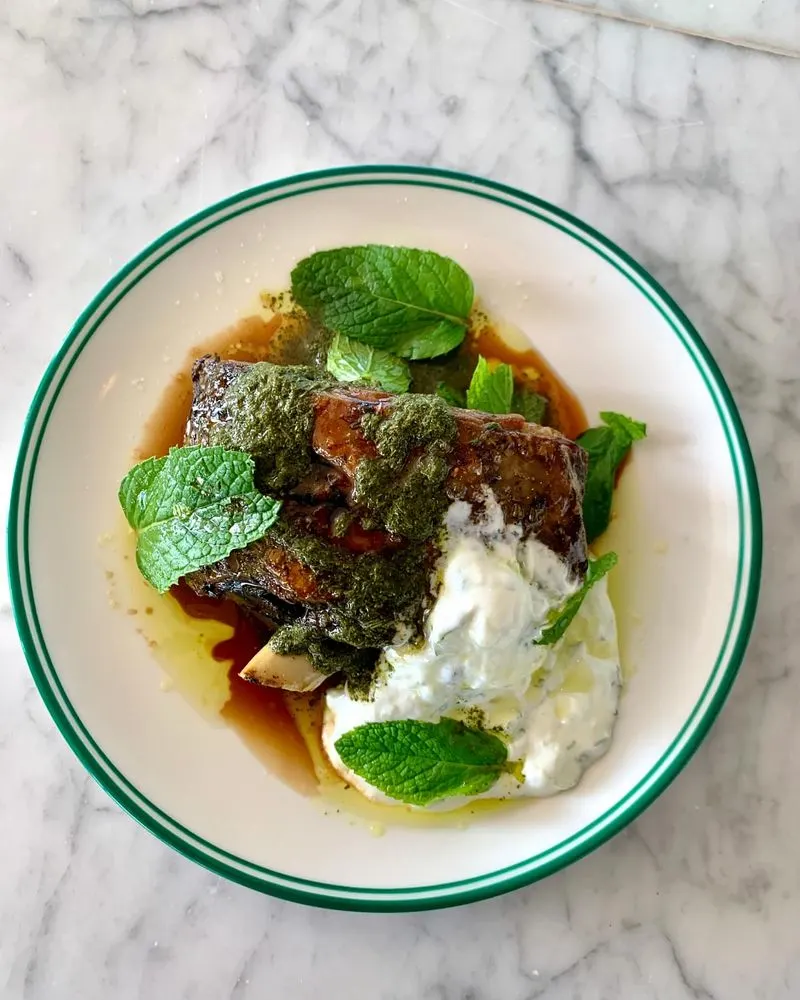
The cool, invigorating scent of mint can transform any dish into a refreshing experience. Often synonymous with summer, mint is perfect in both savory and sweet dishes.
From mojitos to tabbouleh, its versatility is unmatched. If you’re looking to add a fresh kick to your meals, mint is the way to go. Its lush aroma is best retained when used fresh, making it a must-have in your herb garden.
Cilantro
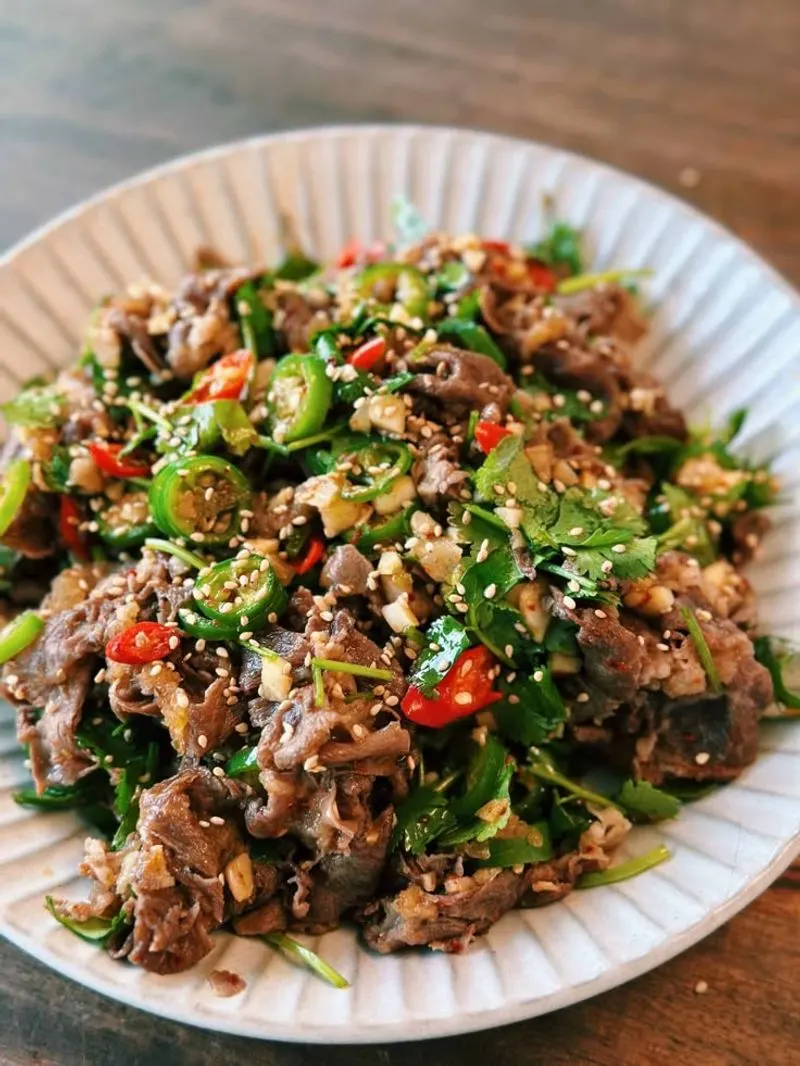
Cilantro’s bright, citrusy aroma is like a breath of fresh air, adding a lively touch to any dish. Often found in Mexican and Asian cuisines, its unique scent can make your kitchen feel exotic.
Interestingly, cilantro has a polarizing flavor profile, with some people perceiving it as soapy. However, for those who love it, it’s an irreplaceable herb that brings dishes to life. Add it just before serving for maximum fragrance.
Oregano
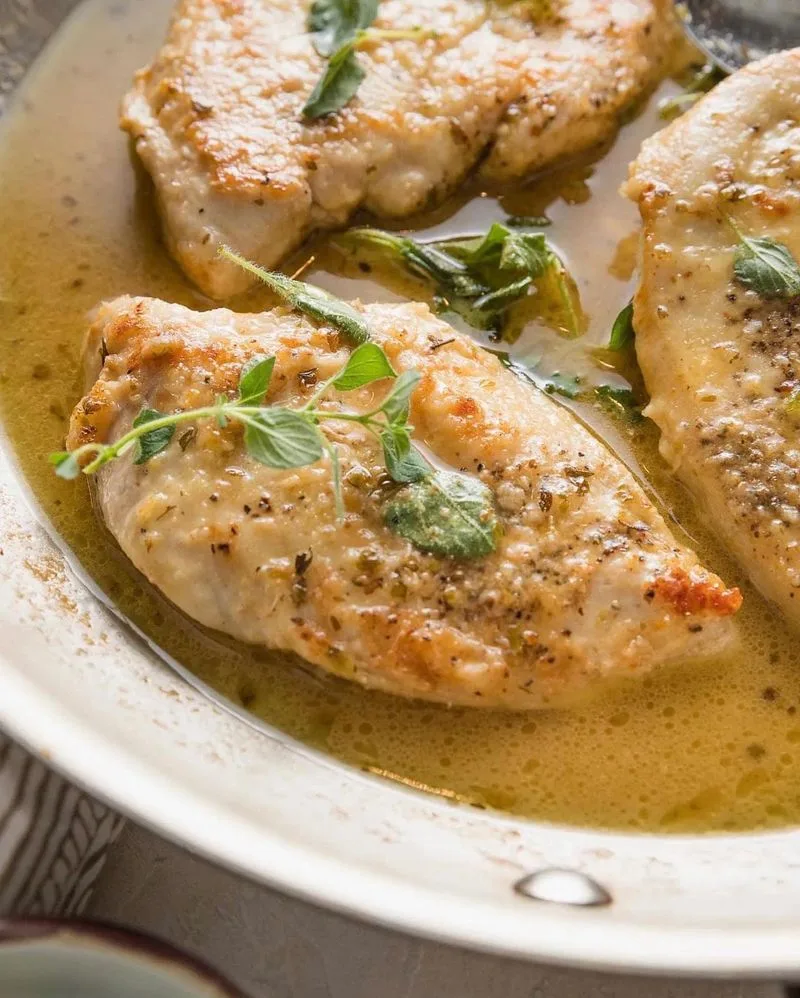
The strong, slightly bitter aroma of oregano is synonymous with Italian cuisine. It’s a staple in pizzas and pasta sauces, offering a warm, spicy scent that captivates the senses.
Oregano’s essential oils are so potent that they were used in ancient medicine for their antibacterial properties. When added to dishes, it provides a robust fragrance that’s comforting and familiar. Use it generously for a full aromatic effect.
Parsley
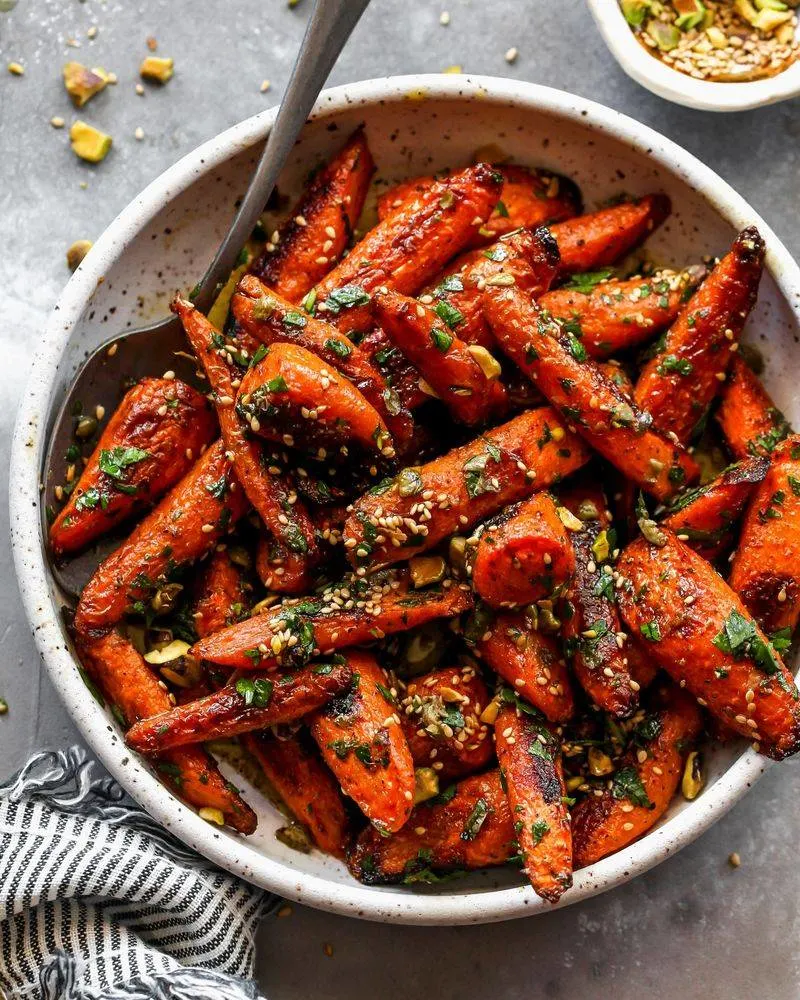
Parsley offers a clean and peppery scent that acts as a palate cleanser. Often overshadowed by more pungent herbs, it quietly elevates the aroma of soups and salads.
Rich in vitamins, parsley is more than just a garnish; it’s a subtle aroma booster in cooking. Fresh parsley works wonders when sprinkled over dishes right before serving, ensuring its fragrance remains intact.
Dill
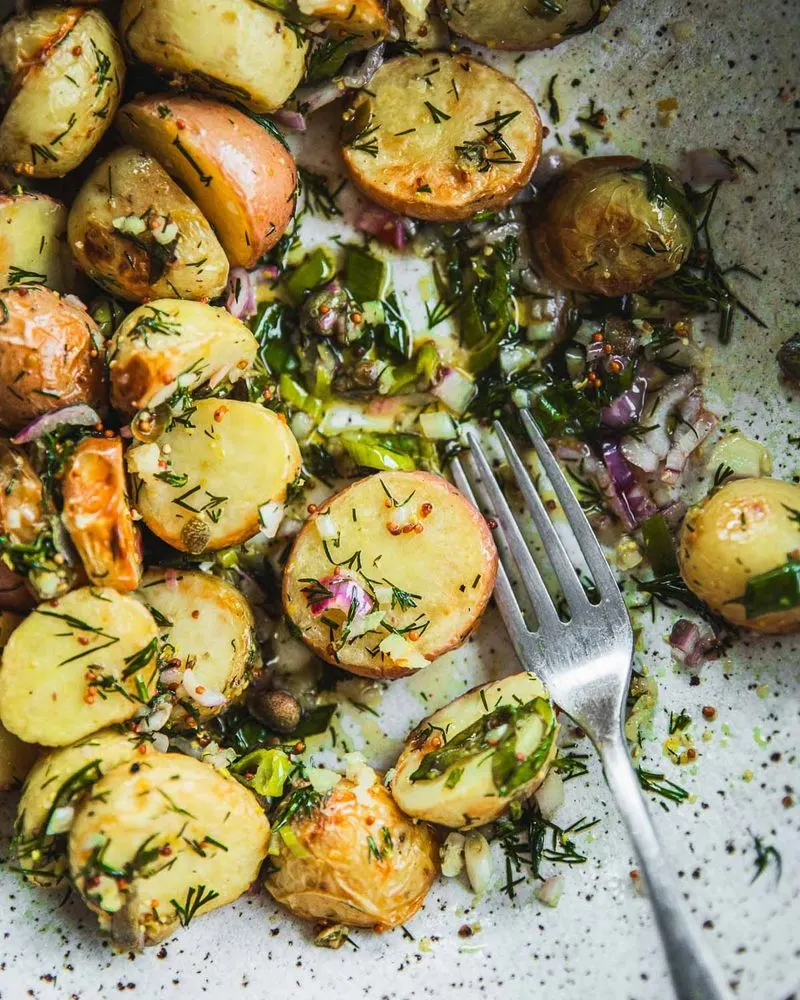
Dill’s fresh and slightly sweet aroma often brings to mind pickles or Scandinavian dishes. Its unique scent is perfect for fish, potatoes, and creamy sauces.
This herb has been celebrated since ancient Greek times for both its culinary and medicinal uses. In cooking, dill’s aroma is best preserved when added at the end of the cooking process. It’s a delightful addition that never overwhelms.
Sage
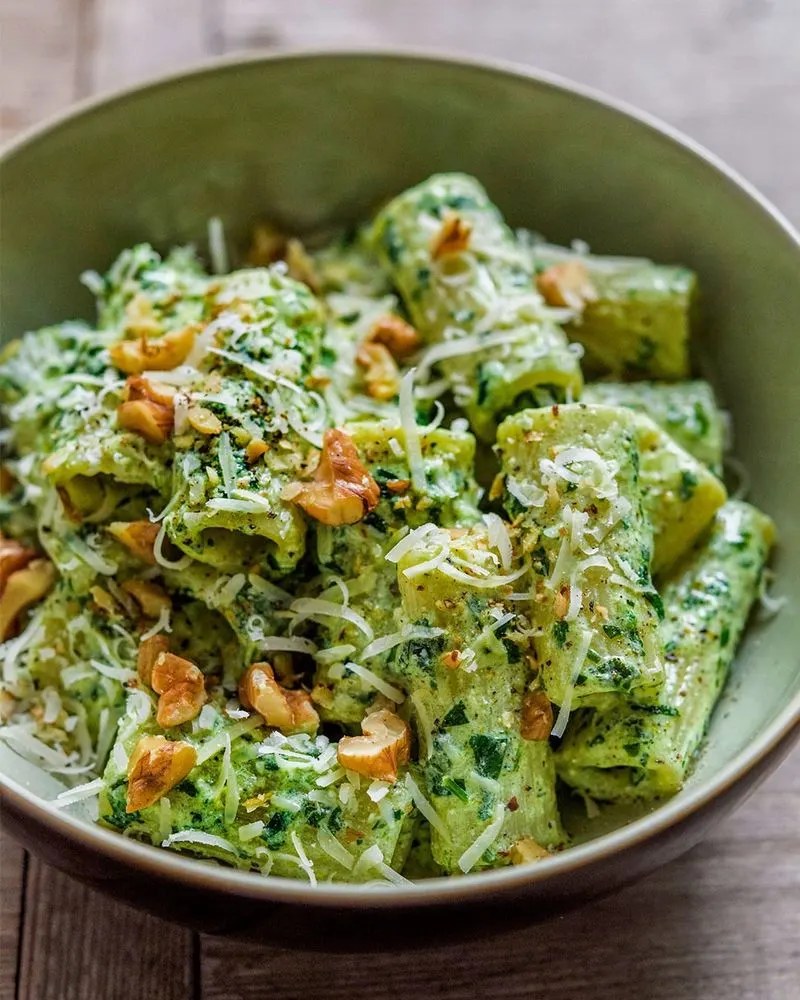
Sage’s bold, pine-like scent is reminiscent of holiday feasts. Often paired with poultry dishes, it adds a comforting aroma that many associate with festive meals.
Historically, sage was revered for its health benefits and culinary uses. Its fragrance intensifies when cooked, making it ideal for stuffings and roasted vegetables. A little goes a long way with this powerful herb.
Tarragon
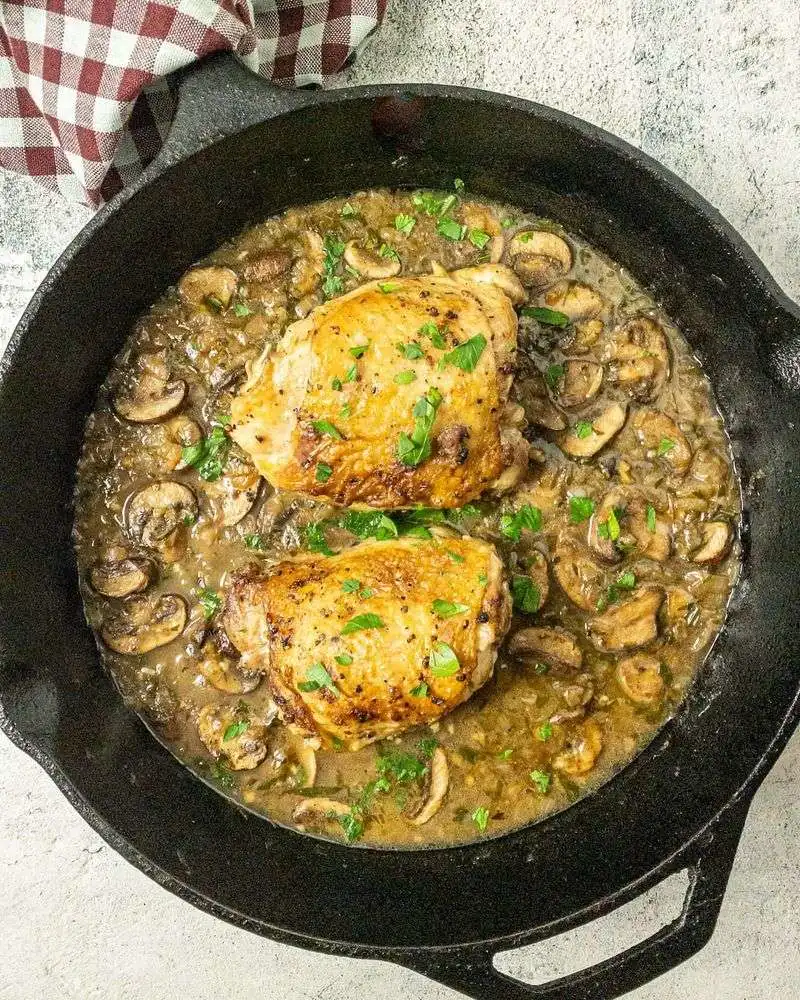
Tarragon’s unique anise-like aroma brings an unexpected twist to dishes. Often used in French cuisine, it pairs beautifully with chicken, fish, and egg dishes.
The herb was once believed to ward off fatigue, which might explain its energizing scent. When fresh, tarragon adds a sophisticated fragrance to meals, making it a staple in any gourmet kitchen. Use sparingly to avoid overpowering other flavors.
Chives
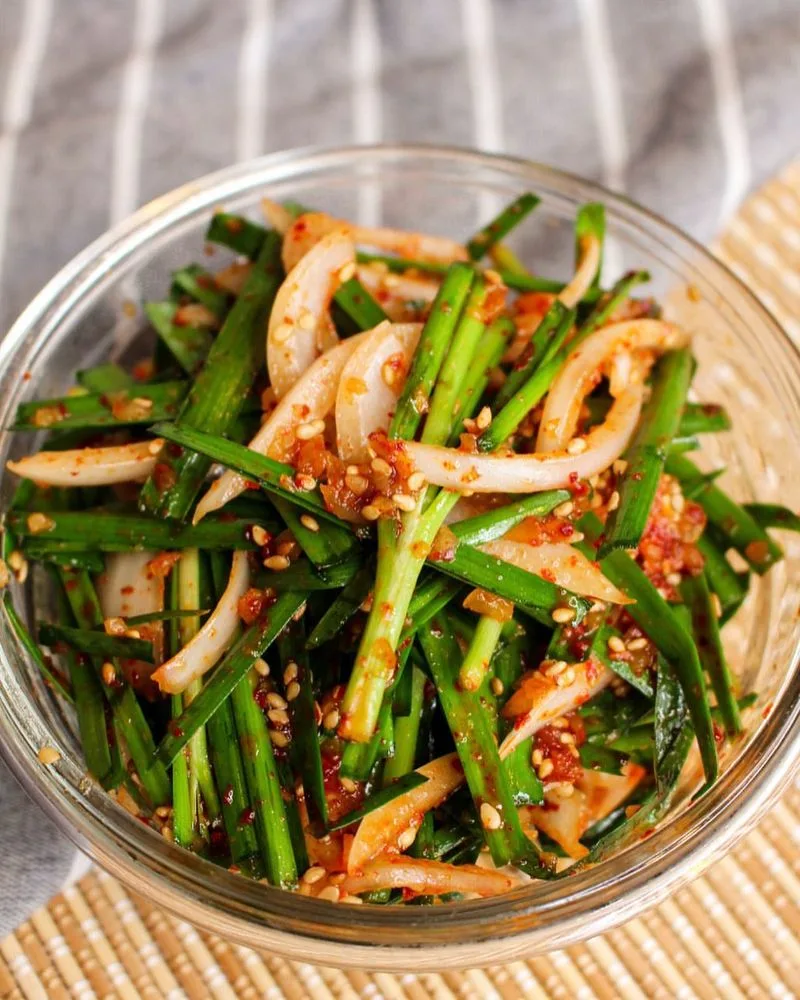
Chives offer a mild onion aroma that’s both delicate and refreshing. This versatile herb is often sprinkled over soups, salads, and scrambled eggs for a light, savory scent.
In medieval times, chives were used for their supposed magical properties. Today, they’re valued for their subtle contribution to the culinary world. Add them right before serving to maintain their fresh aroma.
Lemongrass

Lemongrass provides a citrusy aroma that can instantly lift any dish. Its refreshing scent is a staple in Southeast Asian cuisine, often used in soups and curries.
Besides its culinary appeal, lemongrass is known for its potential health benefits, including digestive aid. The best way to capture its aroma is by bruising the stalks before cooking. This releases the essential oils, infusing dishes with its enticing fragrance.
Marjoram
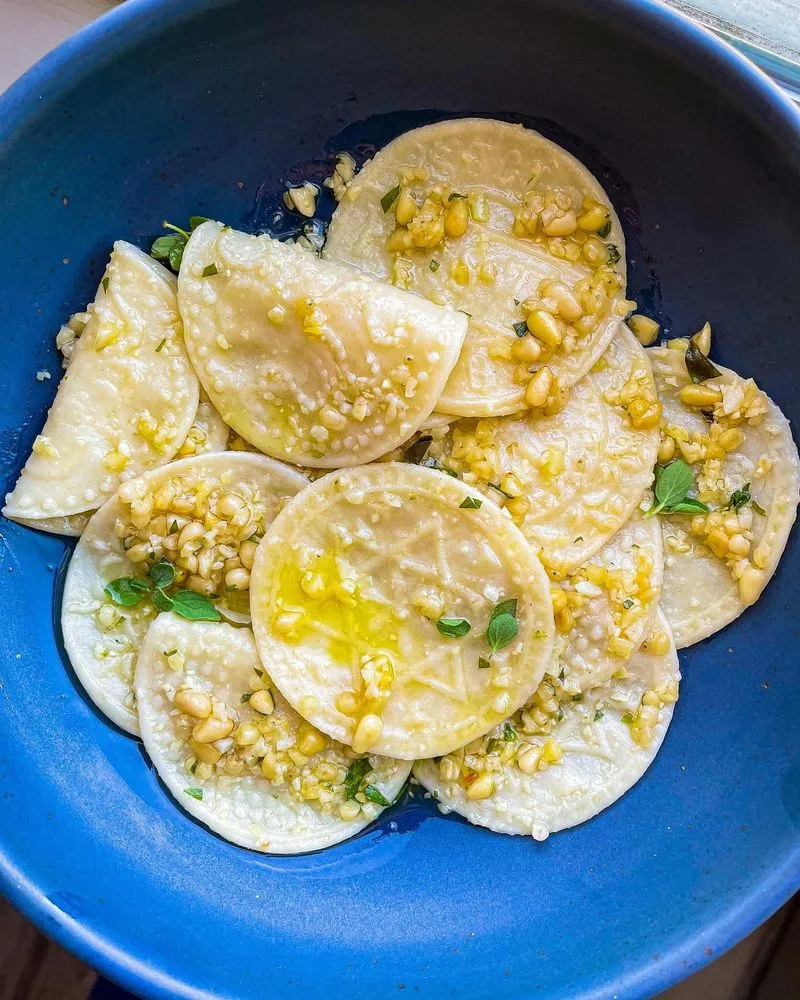
Marjoram’s sweet, floral fragrance is often compared to that of oregano, yet it’s more delicate and refined. It’s a favored herb in Mediterranean cooking, adding a subtle aroma to meats and vegetables.
Historically, marjoram was a symbol of happiness and was even used in love potions. Its gentle scent enhances dishes without overpowering them, making it a versatile addition to any spice rack.
Bay Leaves
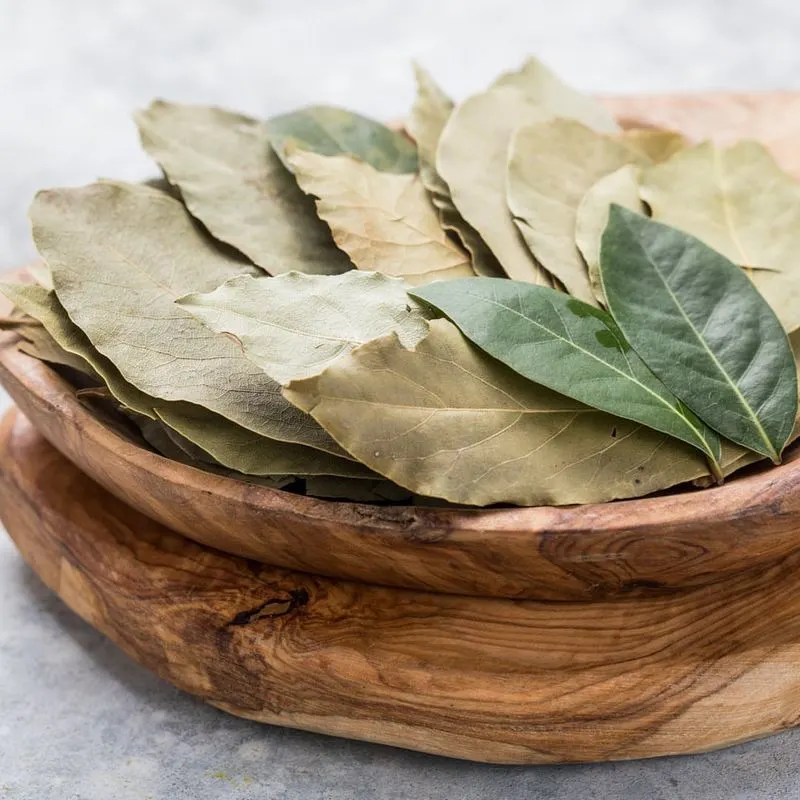
Bay leaves offer a subtle, herbal aroma that’s released slowly during cooking. Often added to soups and stews, they provide a background note that enhances other flavors.
While you wouldn’t eat a bay leaf, its scent is indispensable in creating a rich, aromatic base for many dishes. Remove them before serving to avoid their tough texture. Their aroma is like a secret ingredient, quietly enriching every bite.
Lovage
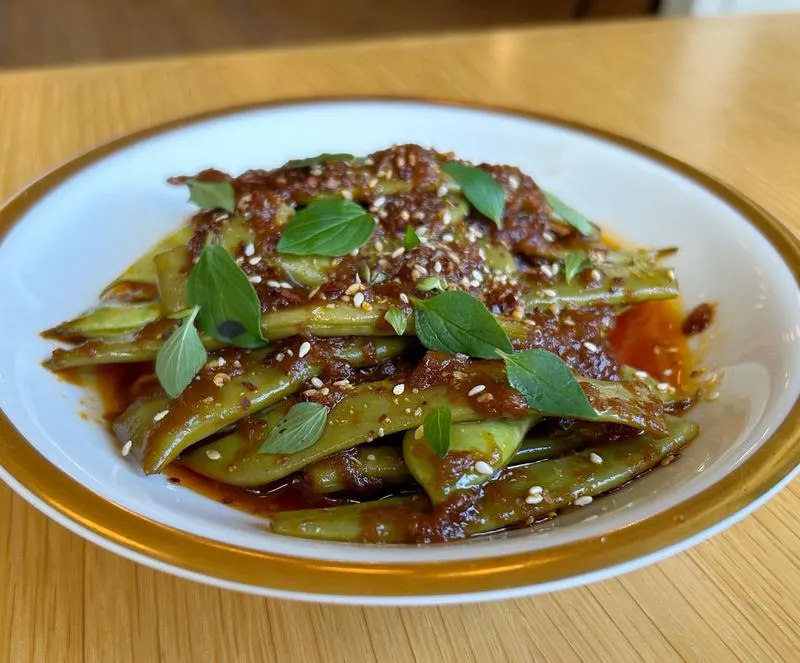
The distinct celery-like aroma of lovage is a rare find in kitchens but definitely worth exploring. This herb provides a robust, earthy scent that can elevate soups and broths.
Historically, lovage was believed to possess healing properties, and its unique fragrance continues to make it a sought-after addition for those in the know. Use both the leaves and stems for a full-bodied aroma that surprises and delights.

